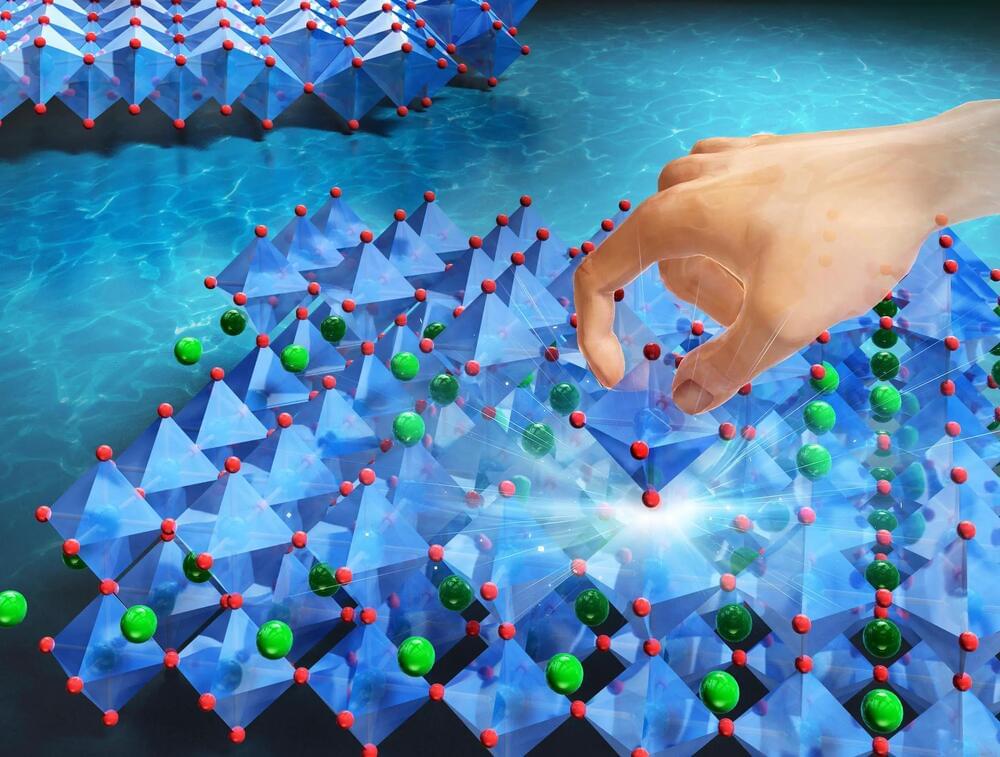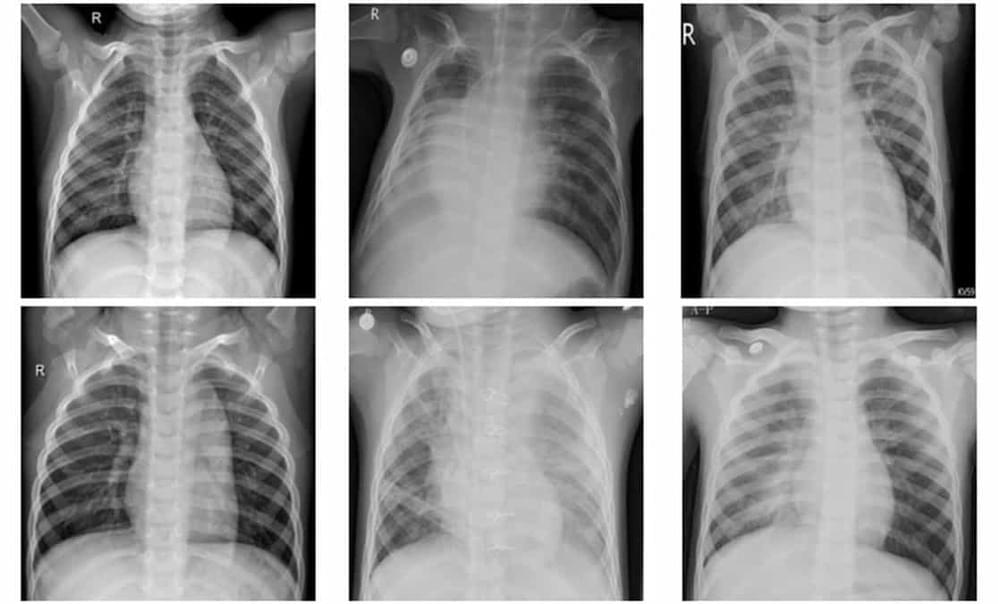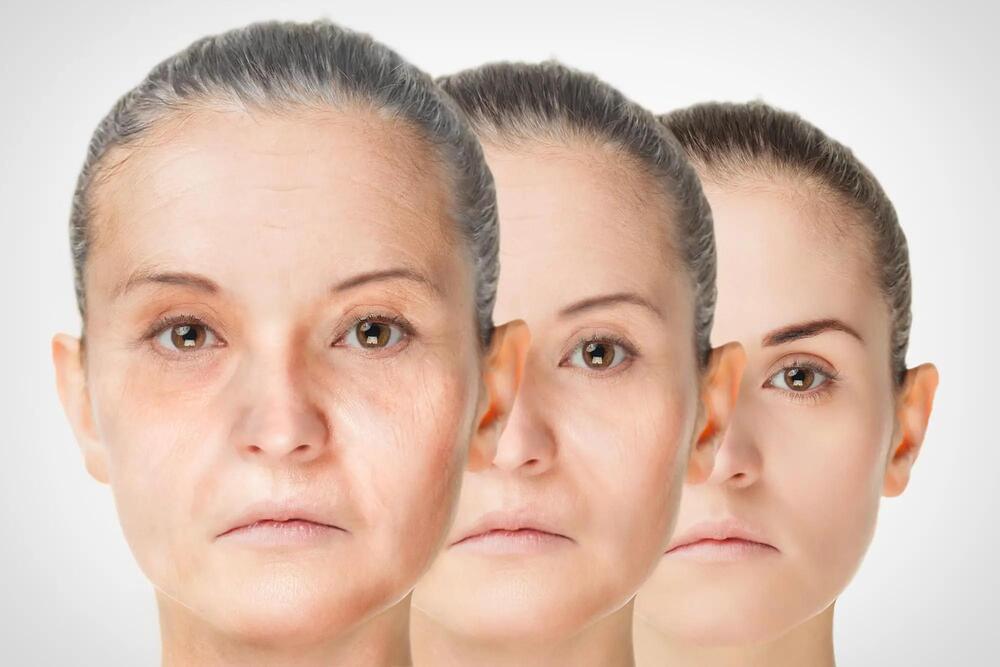Smarter Faster™
► Big Think.
Our mission is to make you smarter, faster. Watch interviews with the world’s biggest thinkers on science, philosophy, business, and more.
► Big Think+
Looking to ignite a learning culture at your company? Prepare your workforce for the future with educational courses from the world’s biggest thinkers. Trusted by Ford, Marriot, Bank of America, and many more. Learn how Big Think+ can empower your people today: https://bigthink.com/plus/?utm_source=youtube&utm_medium=vid…escription.
Want more Big Think?
► Daily editorial features: https://bigthink.com/?utm_source=youtube&utm_medium=video&ut…escription.
► Get the best of Big Think right to your inbox: https://bigthink.com/subscribe/?utm_source=youtube&utm_mediu…escription.
► Facebook: https://bigth.ink/facebook/
► Instagram: https://bigth.ink/Instagram/
► Twitter: https://bigth.ink/twitter/





